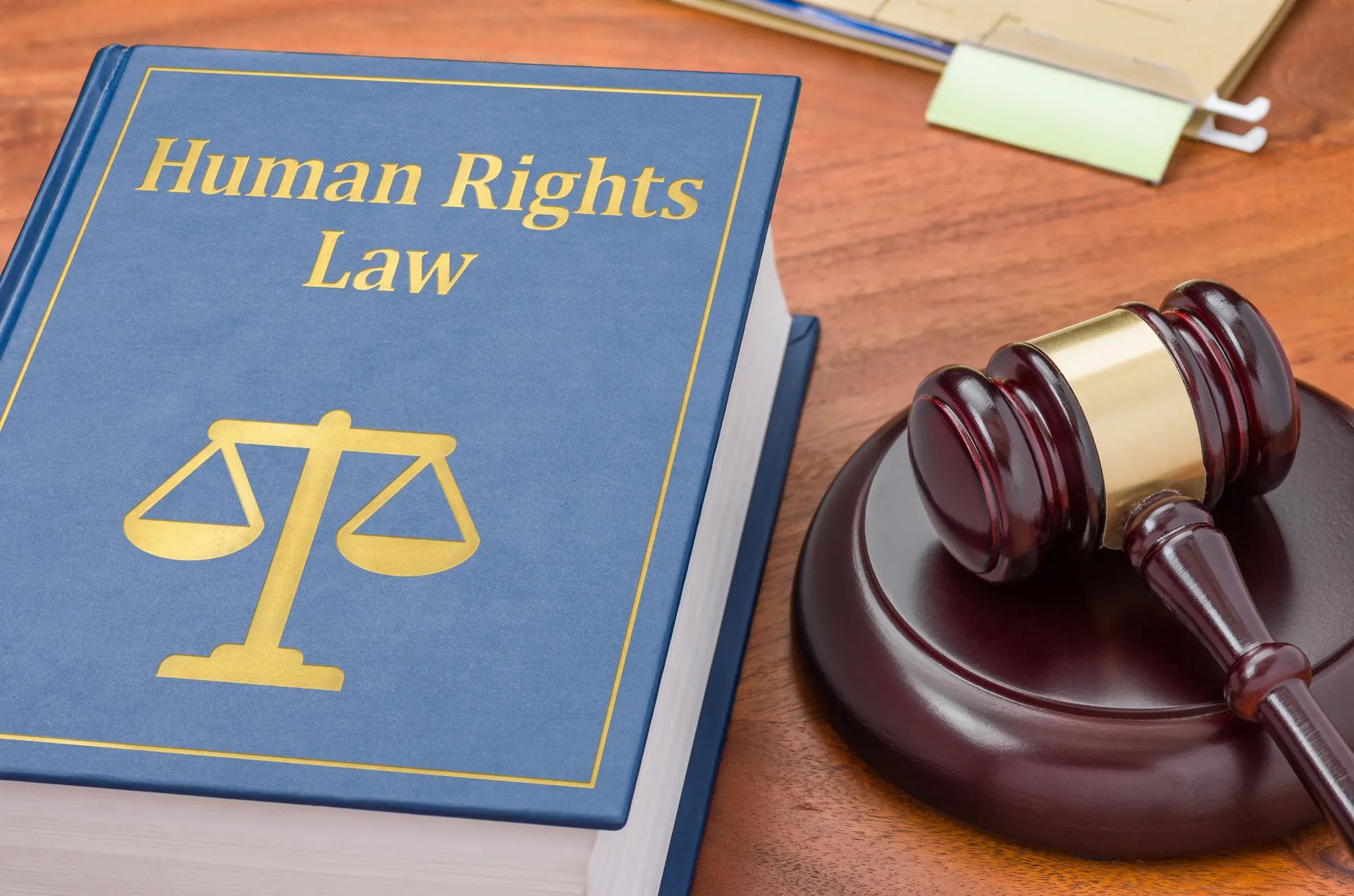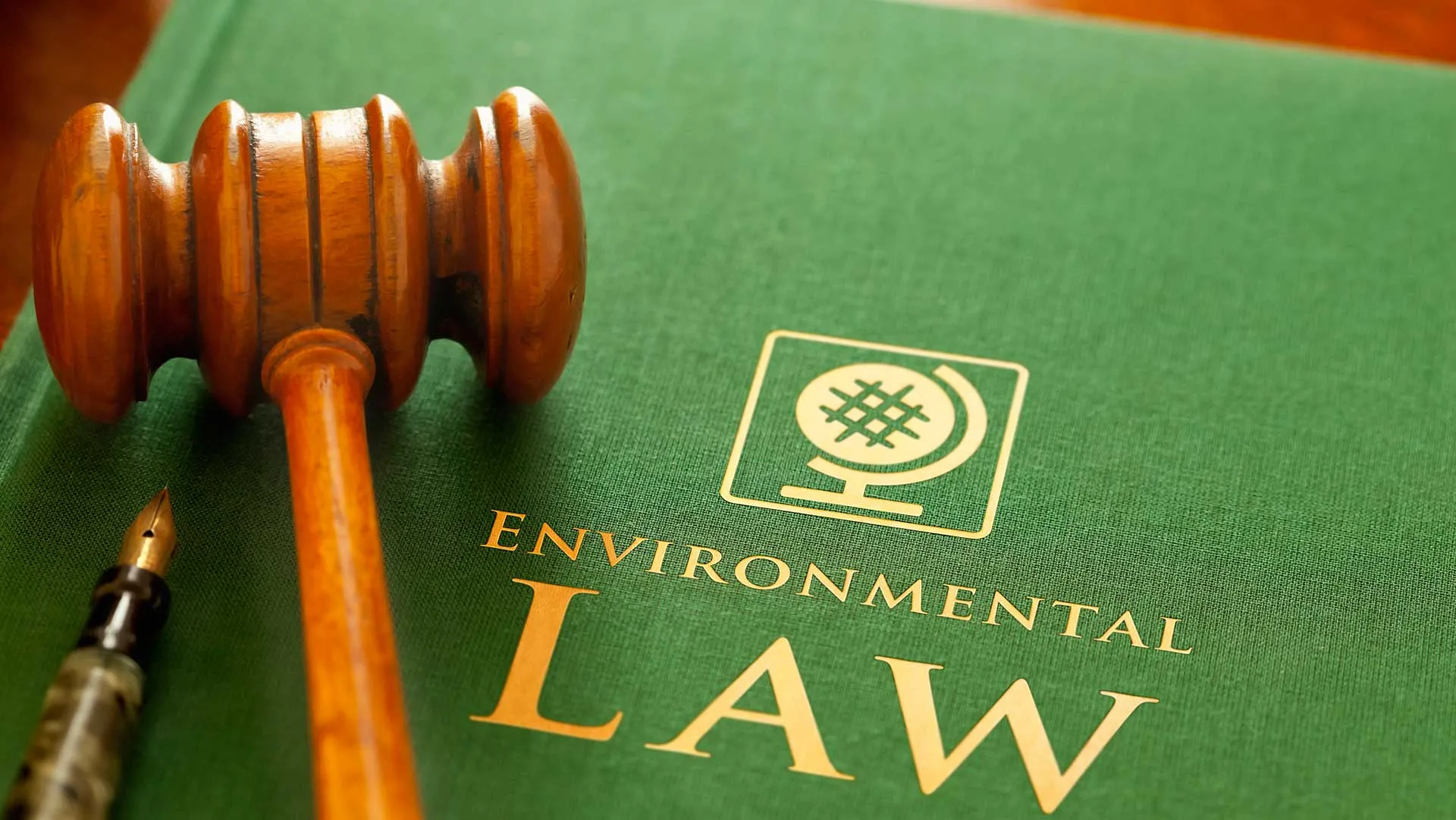Environmental Law: Protecting the Planet Through Justice and Sustainability
Introduction
The survival of humanity depends on a healthy planet. Yet in the modern industrial world, pollution, deforestation, and climate change threaten ecosystems across the globe. To counter these challenges, societies have turned to law — specifically, environmental law — as a tool to protect the Earth’s natural balance.
Environmental law defines the legal principles that regulate human interaction with the environment. It governs how resources are used, how waste is managed, and how ecosystems are preserved. Through law, nations aim to achieve sustainable development — meeting today’s needs without compromising the future.
1. The Origins and Evolution of Environmental Law
Early Environmental Awareness
The roots of environmental law go back centuries, when early civilizations created basic rules to protect water and land. However, modern environmental legislation began in the 20th century, as industrial pollution and deforestation became major global issues.
The Rise of Modern Environmental Law
The 1960s and 1970s marked a turning point. Environmental disasters like oil spills and toxic dumping awakened global awareness. The establishment of organizations such as the United Nations Environment Programme (UNEP) in 1972 and landmark legislation like the Clean Air Act in the United States laid the foundation for modern environmental law.
The Global Movement
By the 21st century, environmental protection had become a shared international goal. Agreements like the Paris Climate Accord and Kyoto Protocol exemplified the world’s commitment to fight climate change through cooperative legal action.
2. Understanding Environmental Law
Definition and Purpose
Environmental law is the body of law that governs the relationship between humans and nature. It regulates the use of natural resources, limits pollution, and protects biodiversity.
Objectives
The primary goals of environmental law include:
- Preventing pollution and environmental degradation.
- Conserving natural resources for future generations.
- Promoting sustainable development and green innovation.
- Ensuring environmental justice for communities affected by harm.
Through these objectives, environmental law acts as a moral and legal framework for protecting life on Earth.
3. The Key Principles of Environmental Law
The Precautionary Principle
If an activity might cause harm to the environment, law demands that precautionary measures be taken — even without complete scientific certainty.
The Polluter Pays Principle
Those who cause environmental damage must bear the costs of cleaning it up. This principle ensures accountability and discourages negligence.
Sustainable Development
Development should meet the needs of the present without compromising future generations. This balance between progress and preservation lies at the heart of environmental law.
Intergenerational Equity
Environmental law emphasizes fairness not only among people today but also between current and future generations — a vision of long-term global responsibility.
4. Major Areas of Environmental Law
Air and Water Quality
Environmental law sets standards for clean air and safe water. Regulations like the Clean Water Act and Clean Air Act establish limits on pollutants and ensure monitoring systems for compliance.
Waste Management
Proper waste management laws regulate the disposal and recycling of industrial and household waste. These laws aim to minimize contamination of soil and groundwater.
Wildlife and Biodiversity Protection
To preserve the richness of life on Earth, law prohibits the illegal trade of endangered species through conventions such as CITES (Convention on International Trade in Endangered Species).
Climate Change and Energy
Modern environmental law includes policies that promote renewable energy, reduce greenhouse gases, and phase out fossil fuel dependency.
5. National and International Environmental Frameworks
Domestic Laws
Most countries have their own environmental protection agencies and legislation. Examples include:
- U.S. Environmental Protection Agency (EPA) – Enforces national standards for air, water, and waste.
- India’s Environment Protection Act (1986) – Provides broad authority to control pollution.
- European Union Environmental Directives – Create consistent standards across member states.
International Agreements
Because pollution crosses borders, global cooperation is essential. Key international treaties include:
- Paris Agreement (2015) – A global pact to limit global warming below 1.5°C.
- Kyoto Protocol (1997) – The first treaty targeting greenhouse gas reduction.
- Montreal Protocol (1987) – Successfully phased out ozone-depleting substances.
Through these frameworks, environmental law connects nations in a shared responsibility to protect the planet.
6. The Role of Environmental Agencies and Courts
Regulatory Bodies
Environmental agencies enforce compliance, monitor pollution, and issue permits. They ensure industries meet emission and waste disposal standards.
Environmental Courts and Tribunals
Many countries have established specialized courts to handle environmental disputes. These institutions interpret law, hold violators accountable, and ensure that communities have access to justice.
Public Participation
Modern environmental law also recognizes the right of citizens to participate in environmental decision-making — reinforcing democracy in ecological governance.
7. Environmental Crimes and Enforcement
Common Environmental Violations
- Illegal dumping of hazardous waste.
- Deforestation and destruction of protected habitats.
- Poaching and trafficking of wildlife.
- Industrial pollution beyond legal limits.
Penalties and Remedies
Violators of environmental law face fines, imprisonment, or mandatory cleanup operations. Civil remedies may include compensation for affected communities and restoration of damaged ecosystems.
Corporate Accountability
Law increasingly holds corporations responsible for environmental damage. Through corporate liability, companies are forced to adopt sustainable business models and report their environmental impact.
8. Environmental Justice and Human Rights
The Link Between Law and Equity
Environmental harm often affects marginalized communities first — such as indigenous peoples or low-income populations. Environmental law ensures that all people enjoy equal protection from environmental hazards.
Right to a Healthy Environment
The right to a clean, safe, and sustainable environment is now recognized as a fundamental human right by the United Nations. Law ensures that governments uphold this right through effective policy and enforcement.
Empowering Communities
By granting access to information and legal recourse, environmental law empowers citizens to fight against pollution, deforestation, and exploitation of natural resources.
9. Emerging Challenges in Environmental Law
Climate Change Adaptation
Rising temperatures and sea levels demand new laws on urban planning, disaster management, and renewable energy transitions.
Plastic Pollution
Single-use plastics are a global menace. Many nations now enforce laws banning plastic bags and promoting biodegradable alternatives.
Corporate Greenwashing
Some companies falsely market themselves as “eco-friendly.” Environmental law seeks to combat this deception through transparency and truth in advertising.
The Role of Technology
Modern monitoring systems, satellite data, and blockchain can improve environmental law enforcement by ensuring traceability and accountability.
10. The Future of Environmental Law
Global Cooperation for Sustainability
As the climate crisis intensifies, international law will play an even greater role in uniting nations to achieve carbon neutrality and protect biodiversity.
Green Economy and Innovation
Environmental law will increasingly support sustainable innovation — such as renewable energy, electric vehicles, and circular economy practices.
Youth and Activism
Young generations are driving environmental change. Their voices, supported by law, are reshaping policies and demanding accountability from governments and corporations.
A Vision for the Future
The ultimate goal of environmental law is harmony between human progress and the planet’s limits — a world where economic growth no longer comes at nature’s expense.
Conclusion
Environmental law stands as humanity’s promise to future generations. It transforms moral responsibility into legal obligation, ensuring that nature’s voice is heard in courtrooms, parliaments, and international summits.
Through law, societies can balance progress with preservation, technology with ecology, and profit with planet. The future of the Earth depends not only on innovation and awareness — but also on the strength and integrity of environmental law to protect the only home we have.











